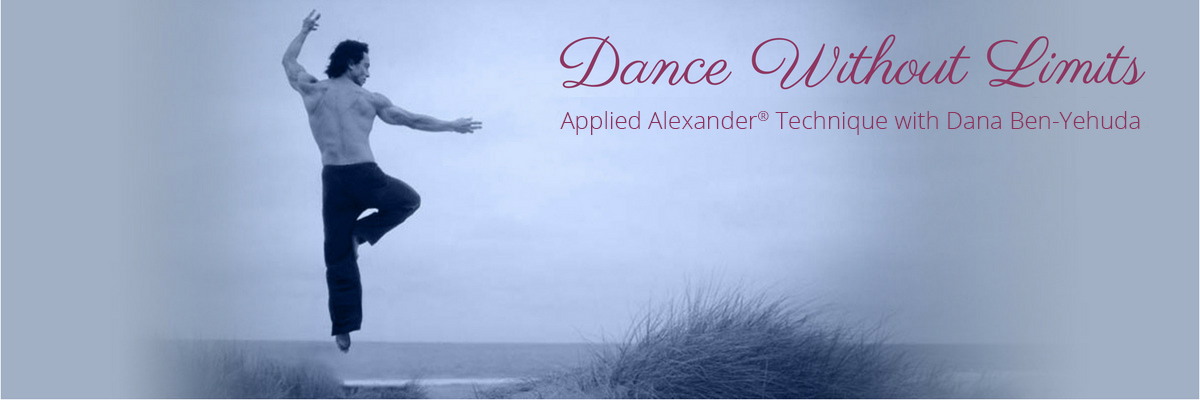Posture Happens
“You have such good posture!”
“Do people tell you a lot that you have great posture?”
“I want to have good posture like you.”
I hear things like this very often but am always caught offguard. Given that the work I do is helpful for being upright, my own surprise is surprising, so I took some time to think about it.
I suppose I do have what you’d call good posture. It’s the way I use myself; it’s how I move and stand. But that’s not really the point of this work, at least not the first point of it.
One of the principles of the Technique is that Use affects Functioning. I think that given the constraints of a condition, practicing the Alexander Technique is one way to have the best Use possible, and therefore, better functioning.
My teacher-trainer, Giora Pinkas, says that we have to “honor the structure.” It is not about forcing your bones into a shape they cannot go. It’s more about realizing that, given the limitations of anyone’s structure, how can we have some ease? How can we have the best functioning possible?
Along with that ease and better functioning, does good posture evolve as a result? Or is better posture part of finding more ease?
I returned to the study and practice of the Technique for health, not posture, but is posture part of my process?
I’d have to say that it’s an indirect result. It’s not about holding yourself rigid in order to achieve this aim. It’s about balance and ease and freedom in the body. 
It dawned on me that I don’t think directly about my own posture at all.
What I do think about is what we call “Directing.” It’s a way of thinking in the body and I do this a lot. I think about allowing my neck to release and my head to be forward and up on the spine while at the same time, sending my heels down into the ground.
Thinking both up the spine and down the legs and heels into the floor is thinking of a physical Direction in the body in the big picture sense of the word. It’s not about holding all the pieces in particular fixed positions. The sense in my body is of opening and unfolding; decompressing. I notice a sense of flow and ease.
None of that relates to thinking directly about the conventional assumptions about posture.
Perhaps the word, “posture,” is in and of itself the problem with this communication. My association with the word is of a static position. This doesn’t jive with the sense of aliveness and life energy that I feel when I think of the Directions. Posture in activity is a slightly better approach, but still, that’s not it.
I like to think of a flower sending roots down into the ground as the blooming flower bud opens wide and up to the sky.
My back opens long and wide as an indirect result of not compressing, of not throwing my head and neck out of balance with the rest of my body. My legs and arms release out from the torso, neck coming up out of the shoulders, head up on top where it belongs….
and then….as an indirect result…..
Posture happens.

